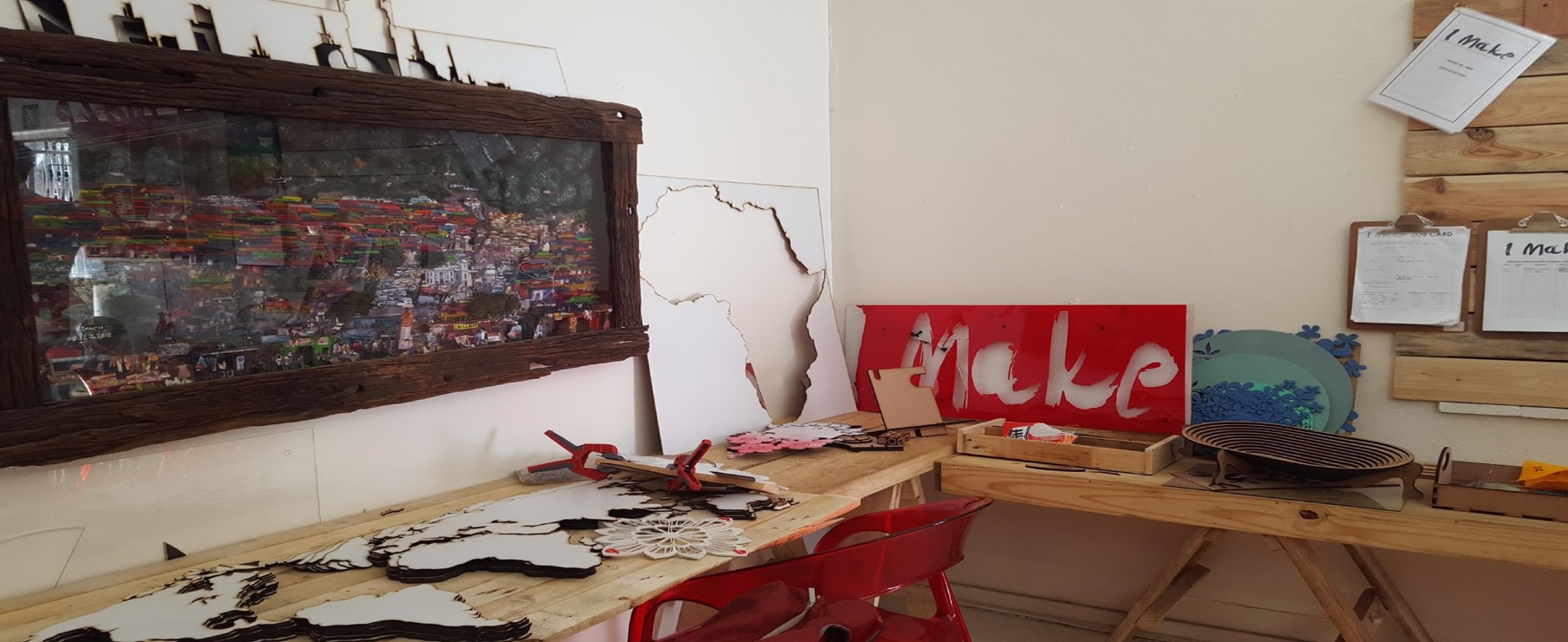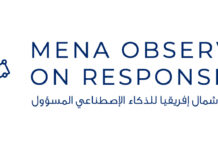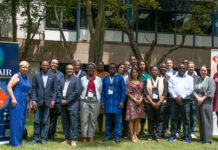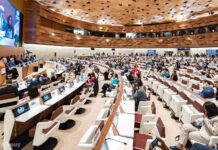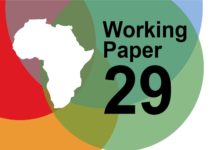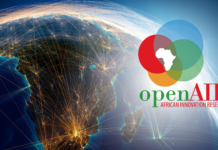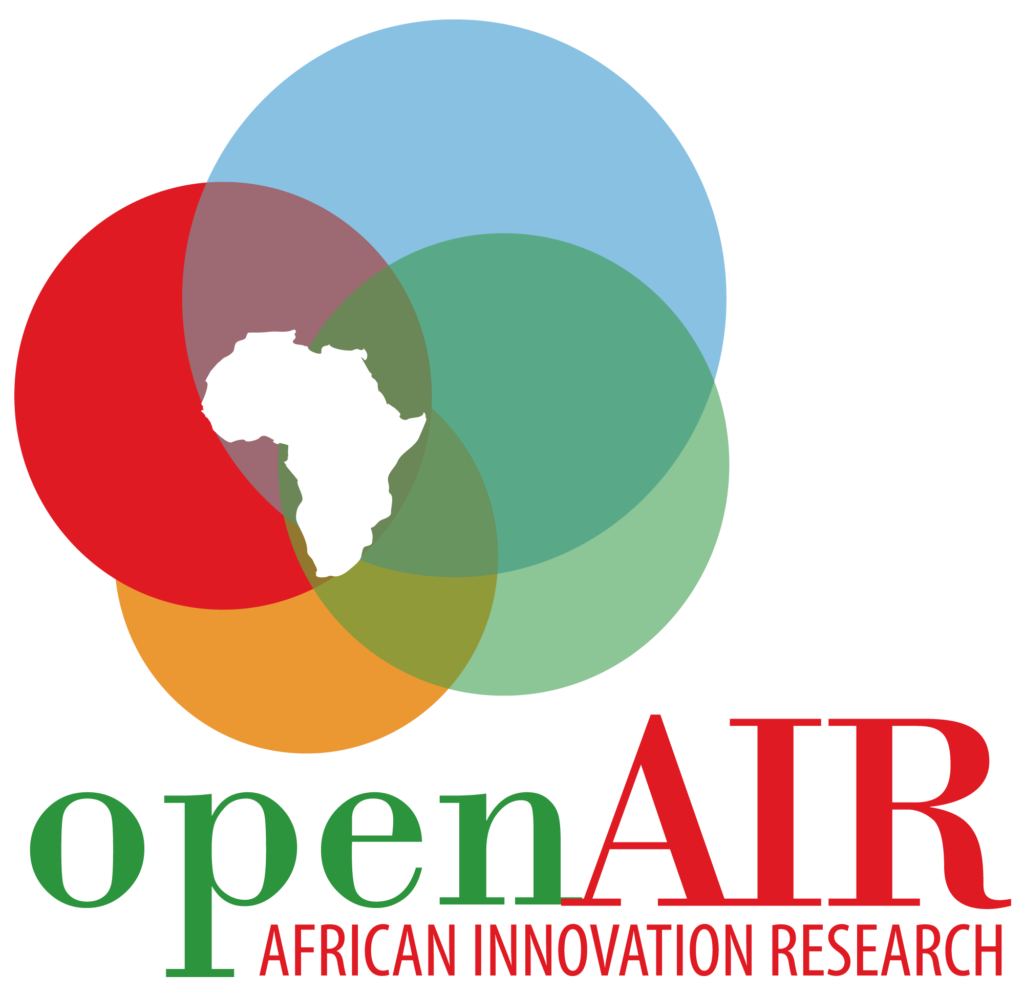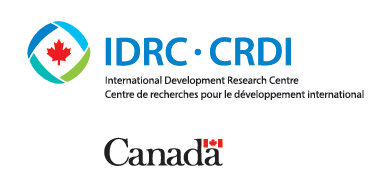By Erika Kraemer-Mbula and Chris Armstrong
The “Makers” who come together to tinker and hack in the maker collectives of South Africa’s Gauteng Province display a wide range of innovation practices, our research for Open AIR has found.
Our study, Collaboration and Appropriation in Gauteng Makerspaces, investigated the activities of eight Gauteng maker collectives. The findings have now been published in Open AIR Working Paper 6, entitled The Maker Movement in Gauteng Province, South Africa.
In this Working Paper, we outline evidence of the following innovation modes we found were present in Gauteng’s maker collectives:
- tinkering, hacking, do-it-yourself (DIY) innovation, and organic innovation;
- innovation out of poverty and/or necessity;
- process innovation;
- incremental innovation; and
- re-purposing and recycling.
Maker movement’s value for South Africa
According to one of the makers we interviewed: “I think we have a bigger […] need for the maker movement, as opposed to some other places. Because I do think true innovation happens […] out of necessity, and I think South Africa has a lot more of that necessity than, say, places in Europe.”
The maker movement, which is a drive to support innovation by collectives of “crafters, hackers, and tinkerers” (Hatch, 2013), began around 2005 in the United States (see Anderson, 2012; Eakin, 2013; Hatch, 2013; Maker Media, n.d.). In the words of Eakin (2013), makers are “digitally sophisticated hobbyists who […] are building all kinds of custom objects”. Hardware found at a makerspace typically include:
- computer numeric control (CNC) laser-cutters, which can cut wood, metal and other materials;
- computer-controlled vinyl-cutters, also known as sign-cutters
- CNC milling machines, which, among other things, can be used to make circuit boards;
- woodworking routers;
- electronic components;
- microcontrollers and microcontroller software (e.g., Arduino kits);
- low-cost microcomputers (e.g., the Raspberry Pi); and
- PCs and/or laptops needed to programme and control other hardware, via computer-assisted design (CAD) software and other software packages.
Informal-sector innovation
The Open AIR network is investigating how the maker movement sheds light on innovation dynamics in the informal sector, which is a key engine of economic productivity in Africa. Several other Open AIR researchers are also currently looking at the maker movement, in African countries as well as in Canada.
With this informal-sector innovation context, our study sought to shed light on Gauteng makers’ approaches to:
- innovation;
- outreach;
- networking;
- skills development; and
- collaboration.
On matters of collaboration, we found that the default position among Gauteng makers favours open collaboration based on the sharing of knowledge. In the words of one interviewee, “[i]f you have the ability to make, it’s almost like you pretty much have a personal philosophy of generosity, of giving, because it’s not a scarcity mentality, right? Because you’re able to make things.”
The eight maker collectives we studied, all based in or near the cities of Johannesburg, Pretoria, and Vanderbijlpark, were:
- House4Hack;
- BinarySpace;
- Makerlabs;
- Geekulcha;
- Wits Digital Innovation Zone (DIZ) Maker Space;
- University of Pretoria (UP) MakerSpace;
- eKasi Lab Ga-Rankuwa; and
- I Make Makers Lab
Across South Africa, Open AIR research has so far identified roughly 20 maker collectives presently operational — with the largest concentrations in Gauteng and the greater Cape Town area, and with Durban, Knysna and Bloemfontein each having a single collective.
Among the many illustrations of the maker movement’s growing strength in South Africa is the emergence of a national body, the South African Maker Collective, which is seeking to maximise the socio-economic impact of maker culture and activities. At Open AIR’s South African Maker Movement workshop in Pretoriaearlier this year, the Collective, spearheaded by Durban’s the MakerSpace and independent Johannesburg Maker Mia van Zyl, facilitated a breakaway session focused on developing a national action plan for the movement.

